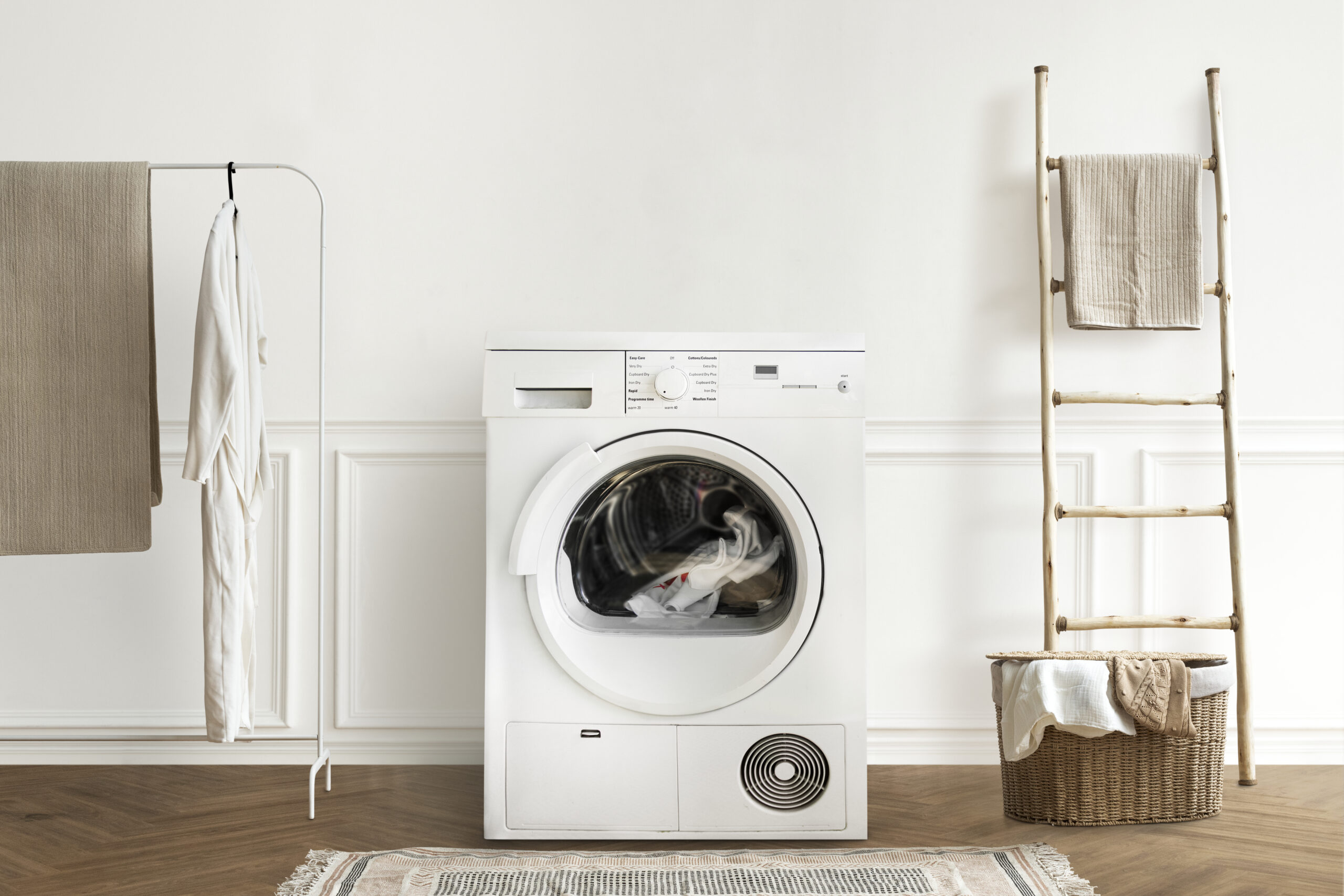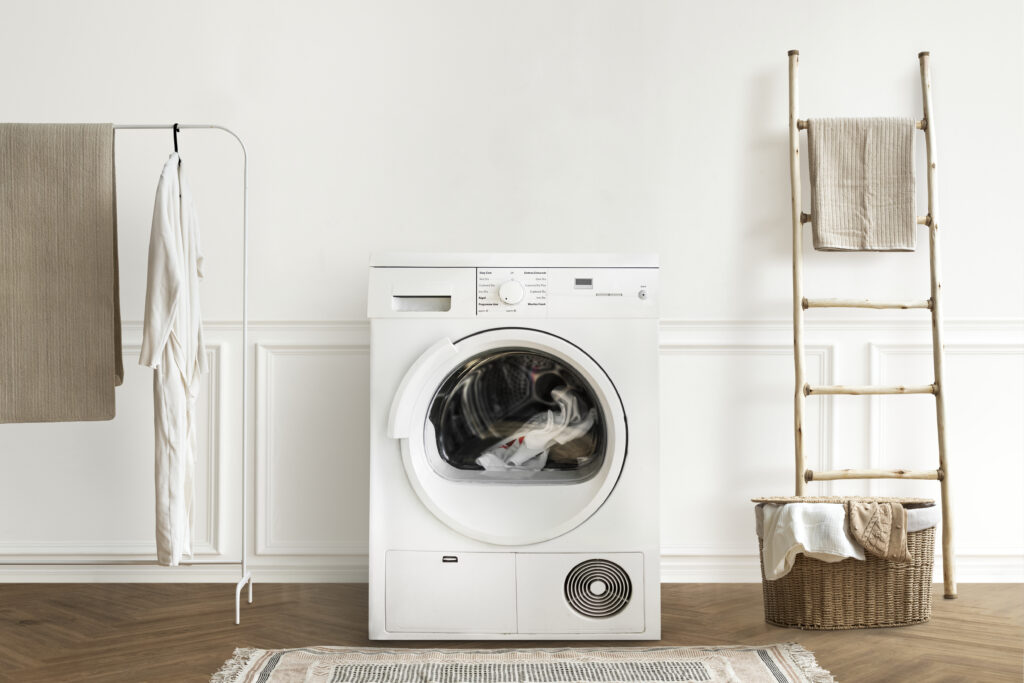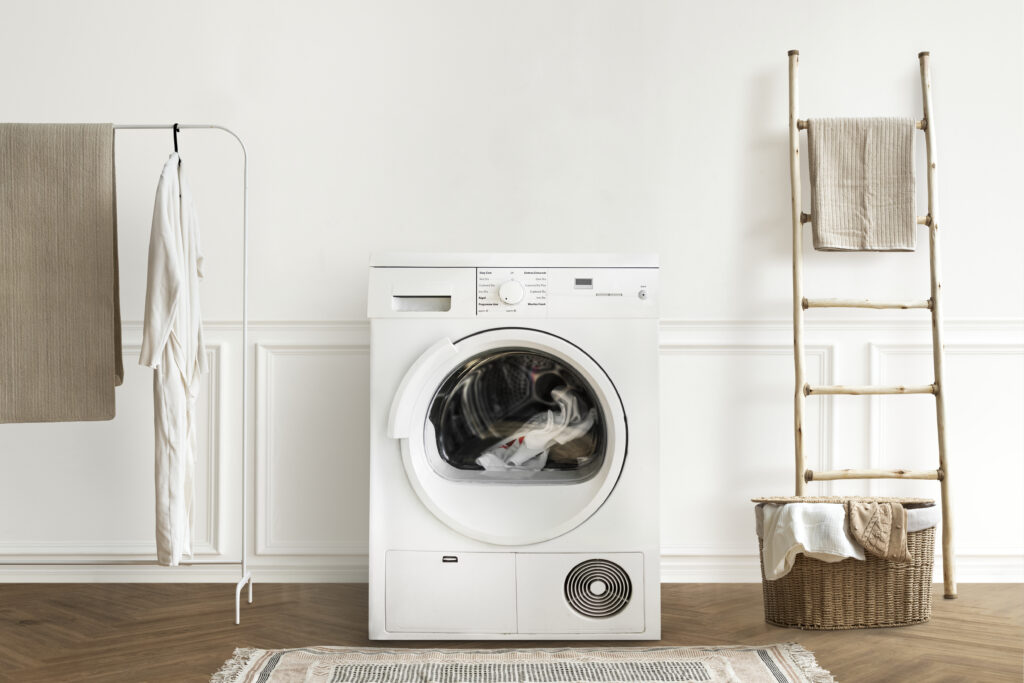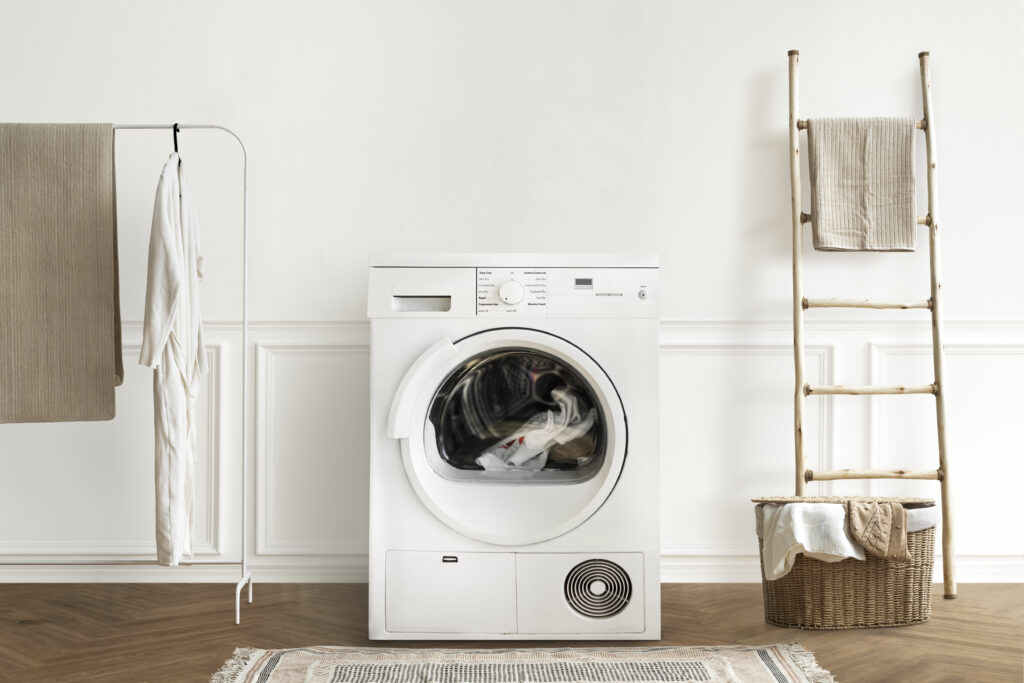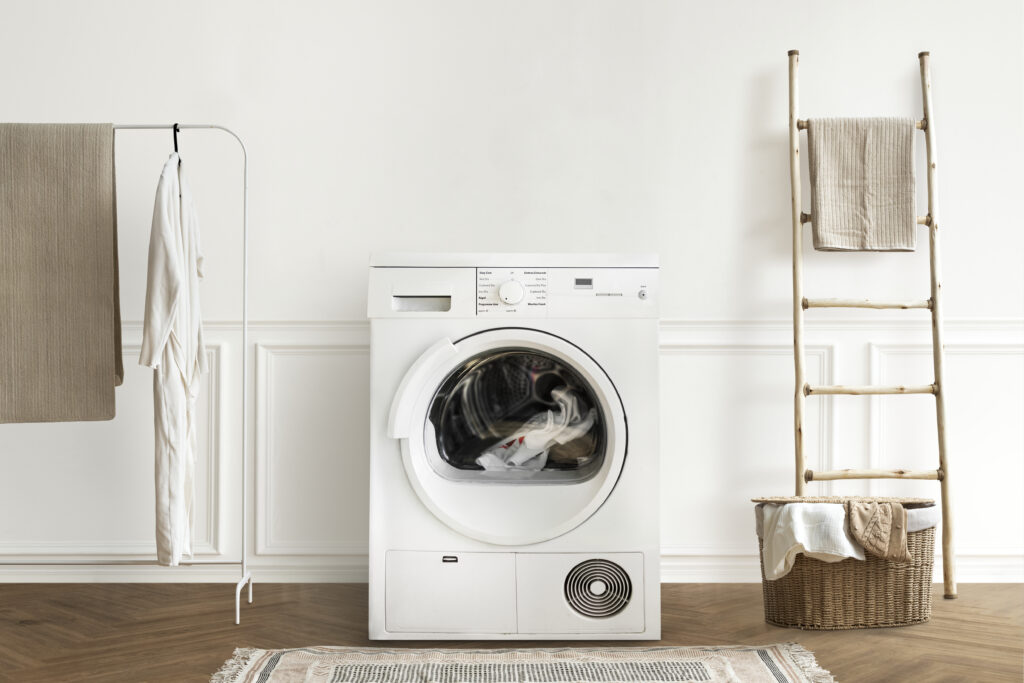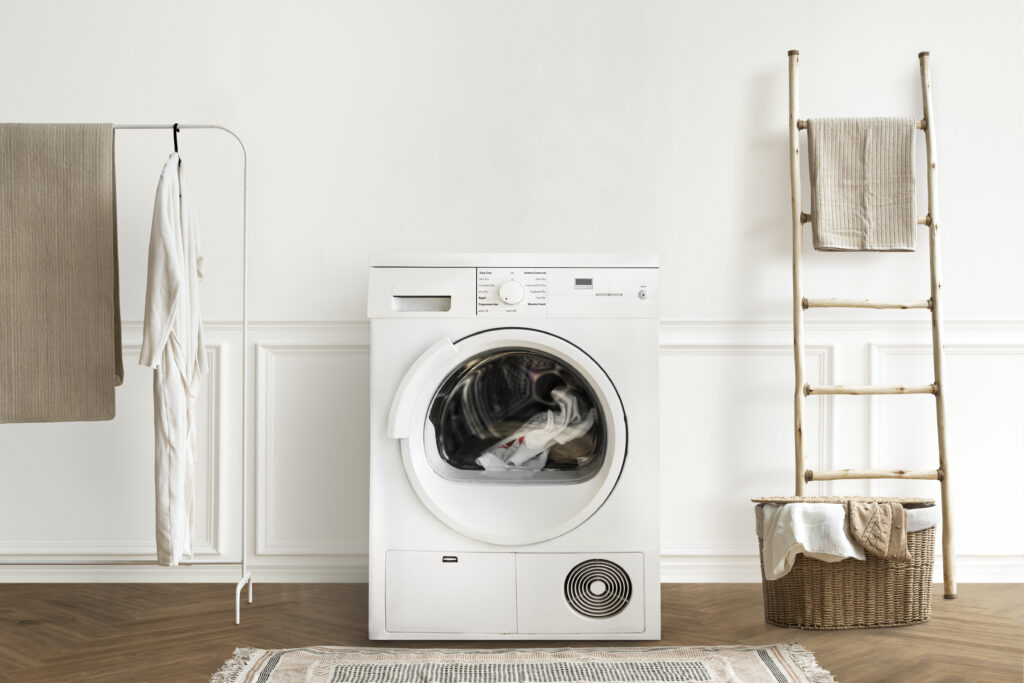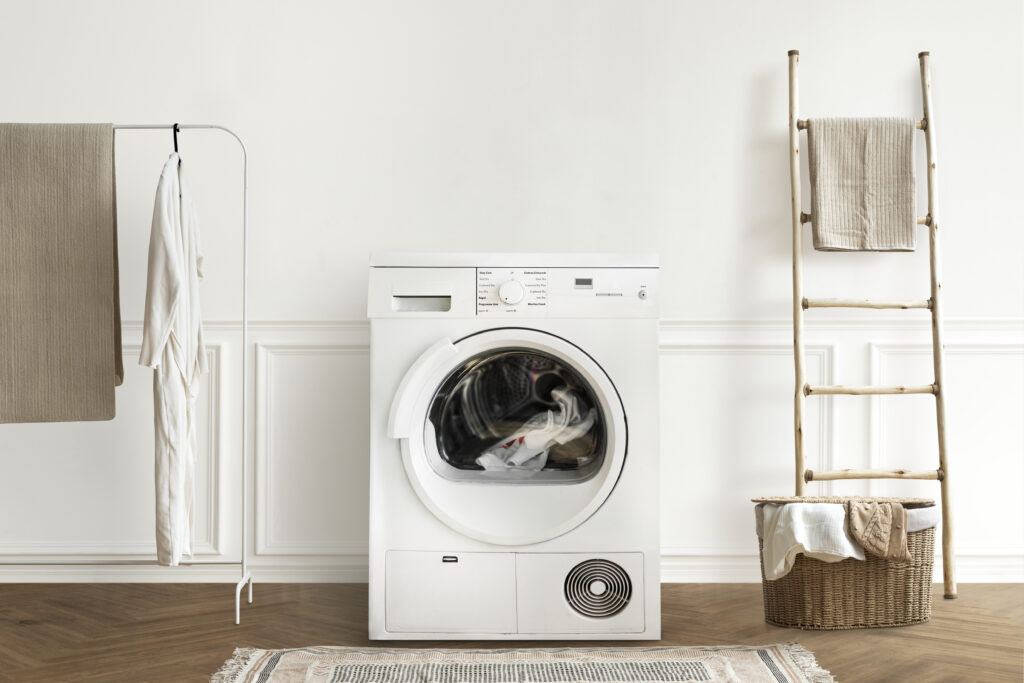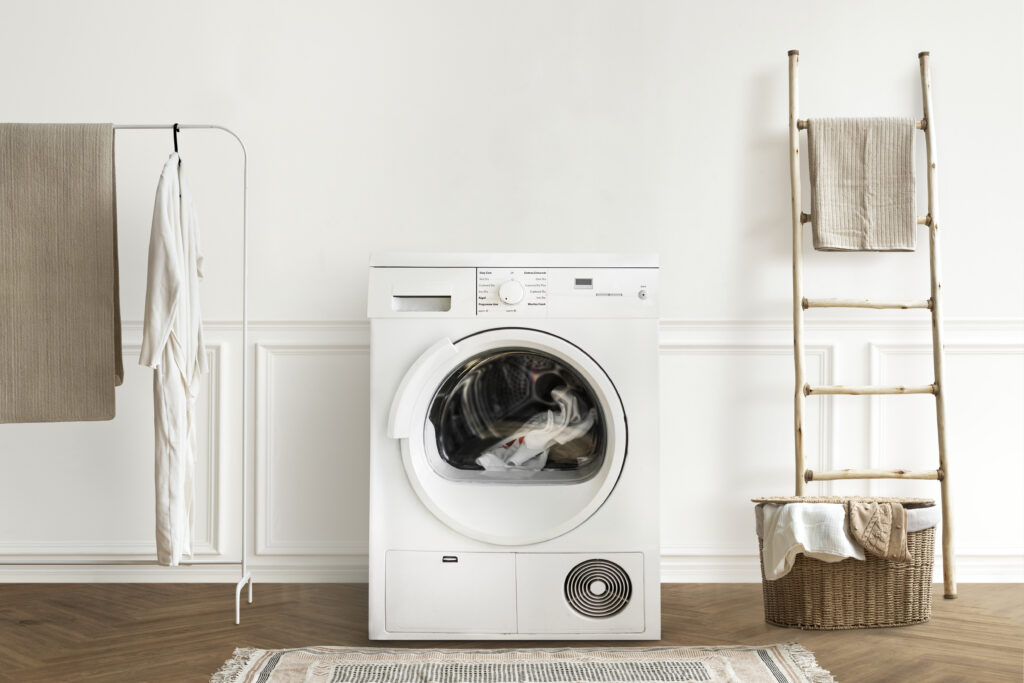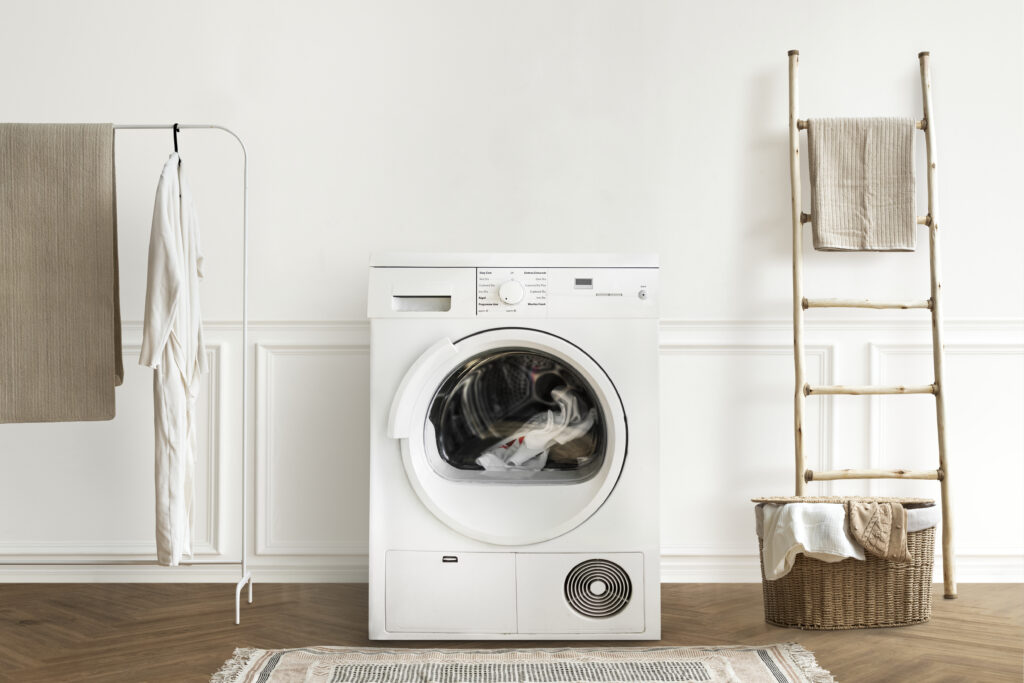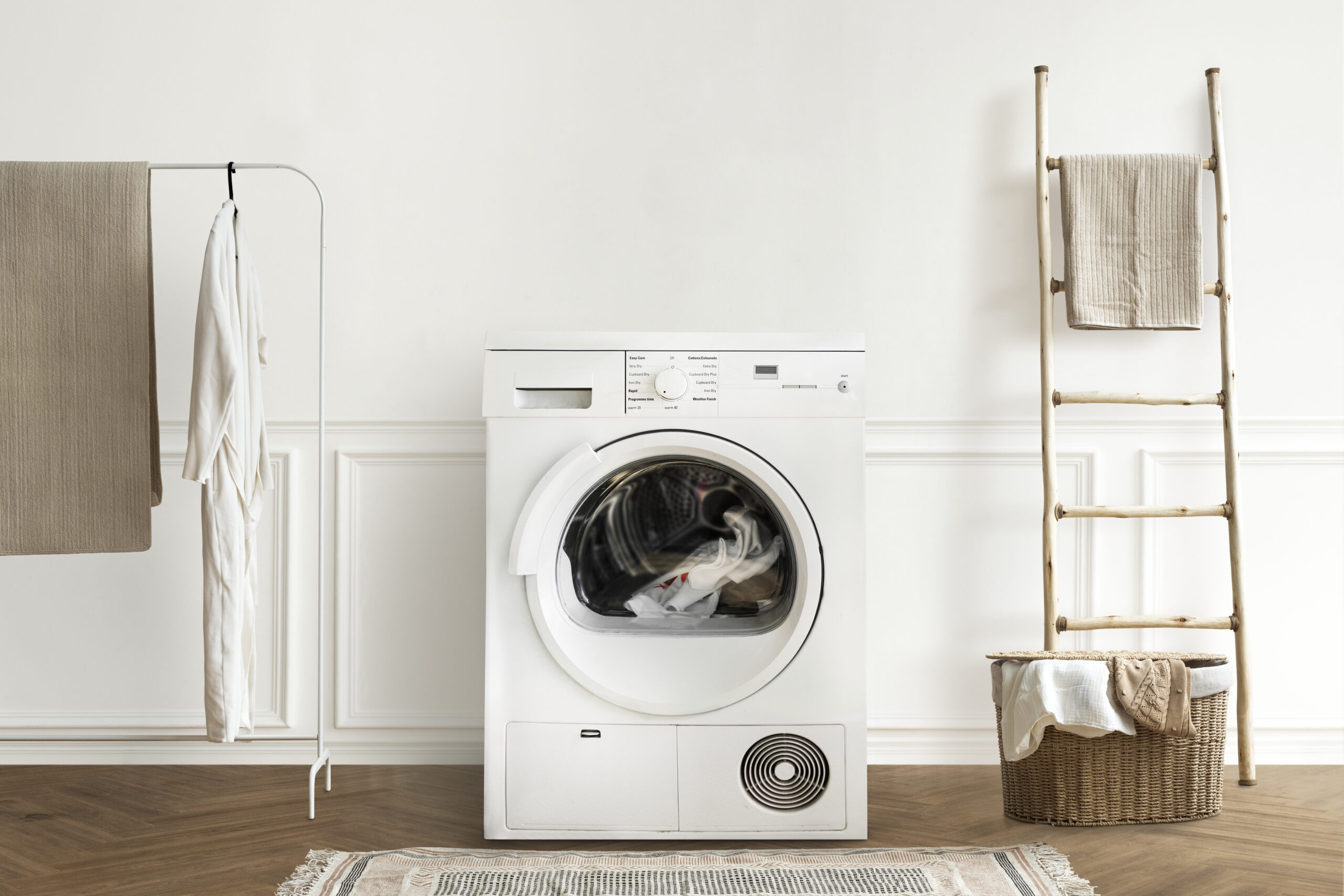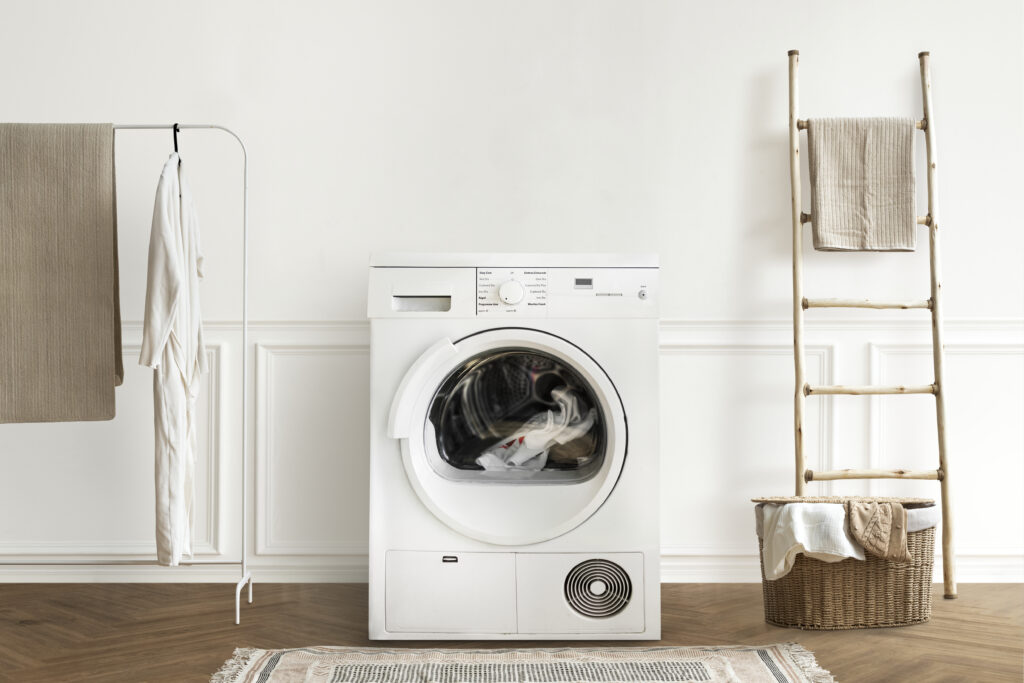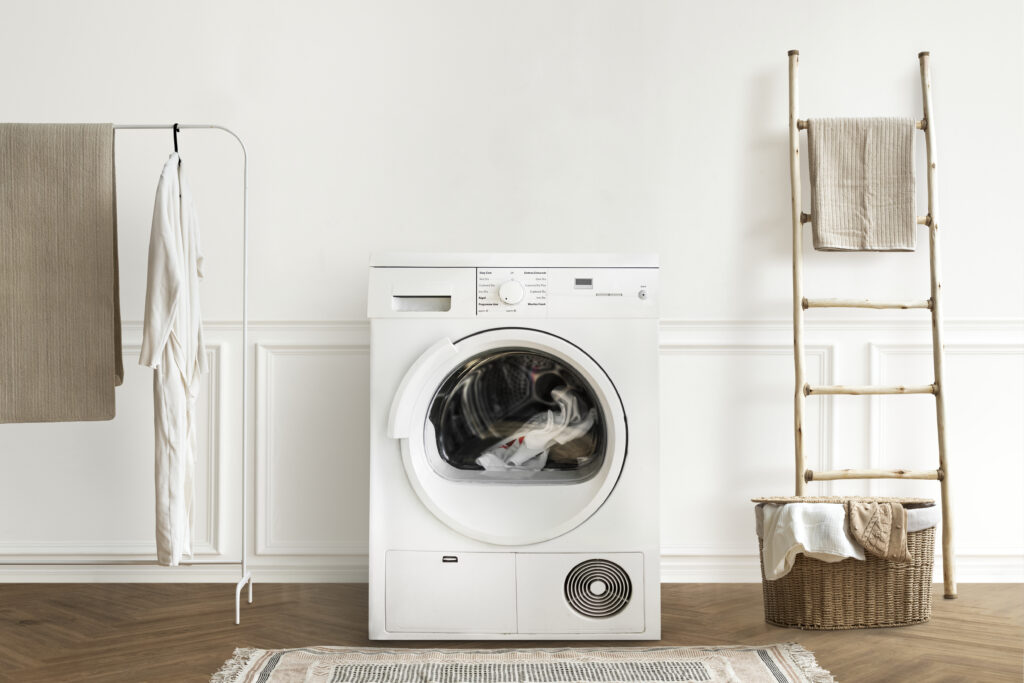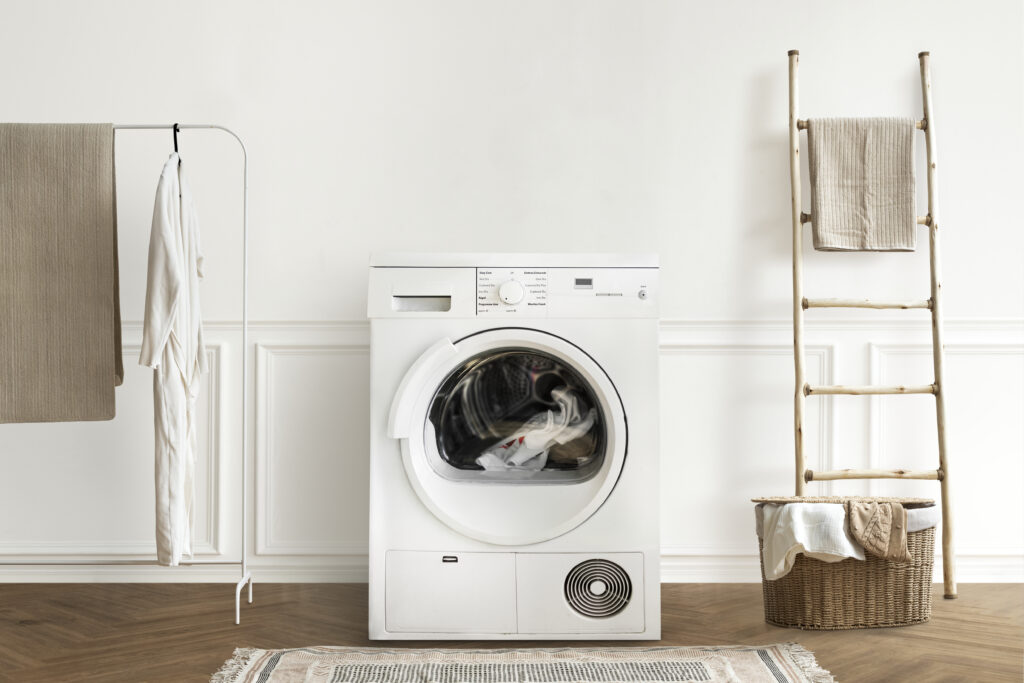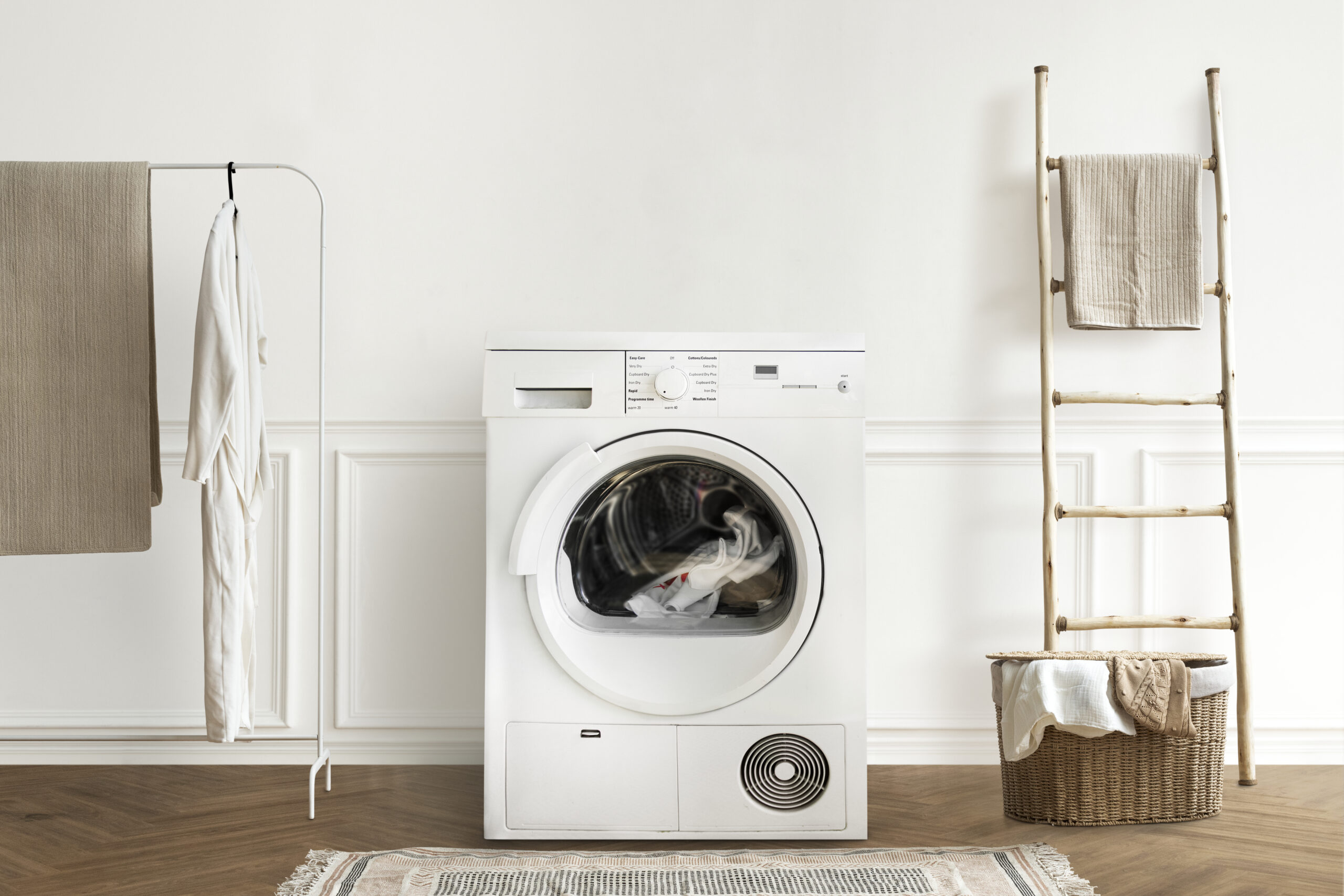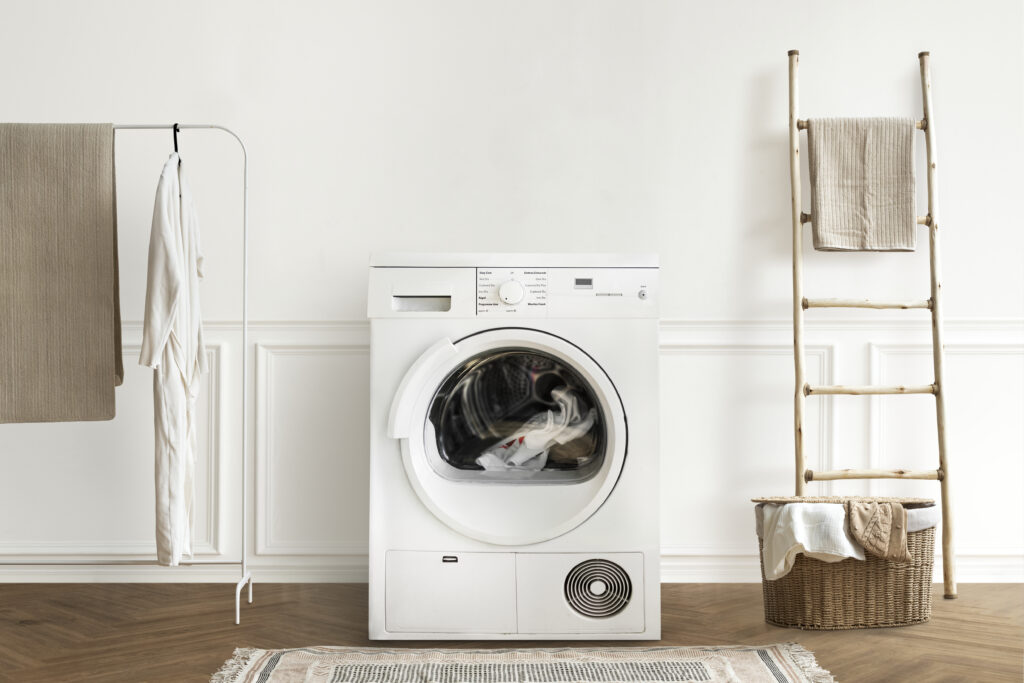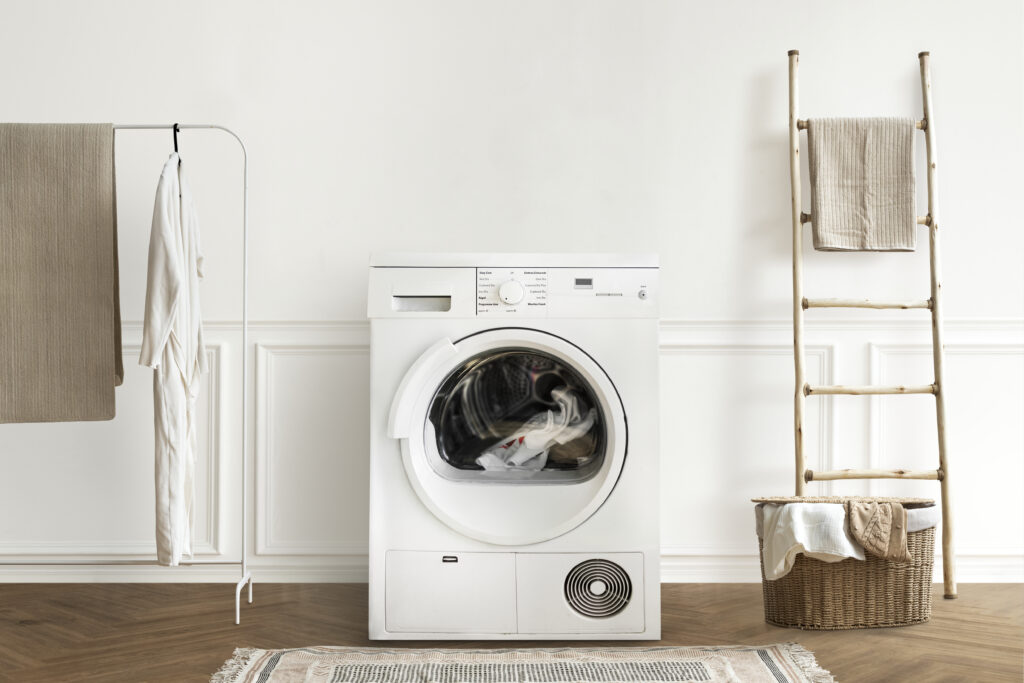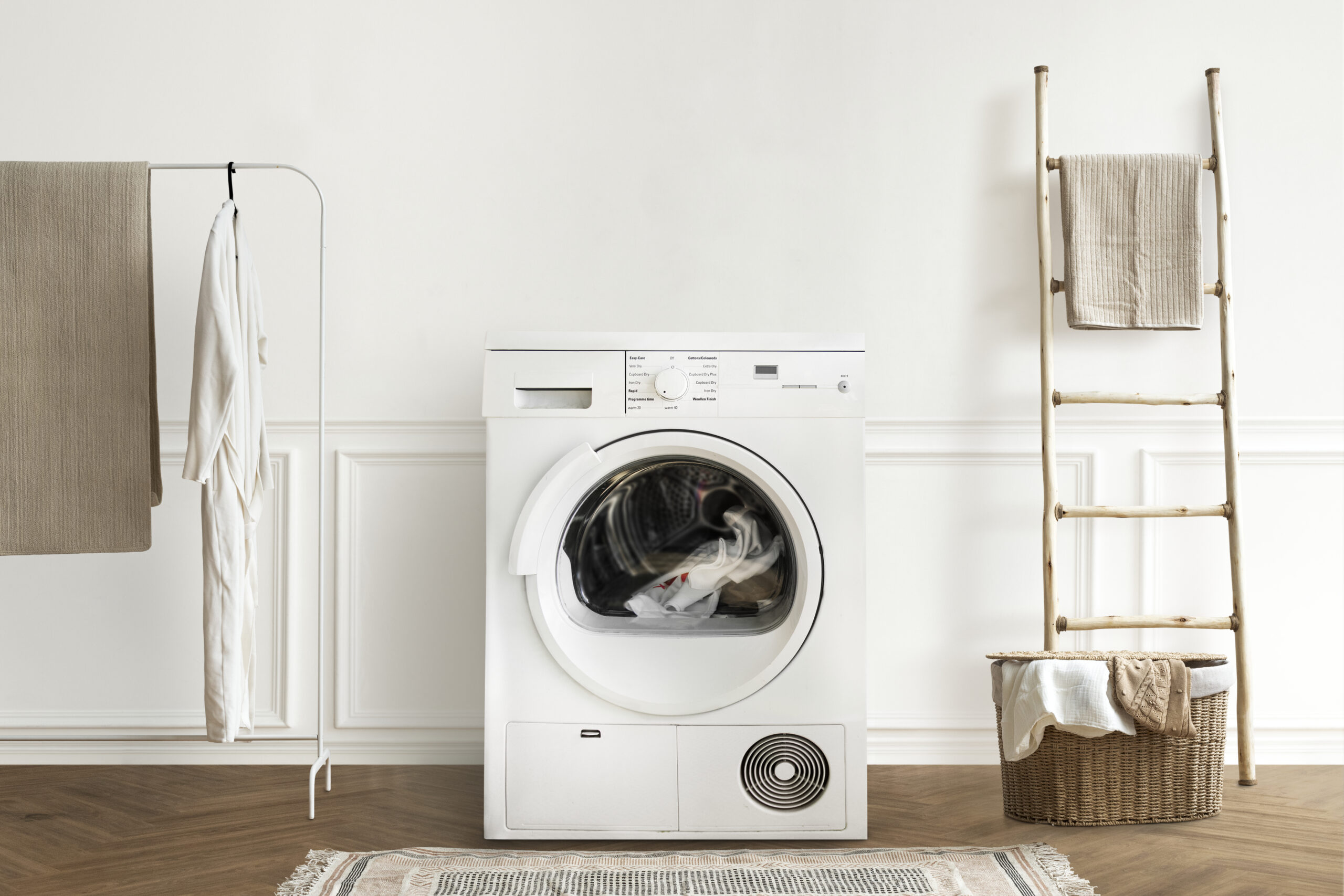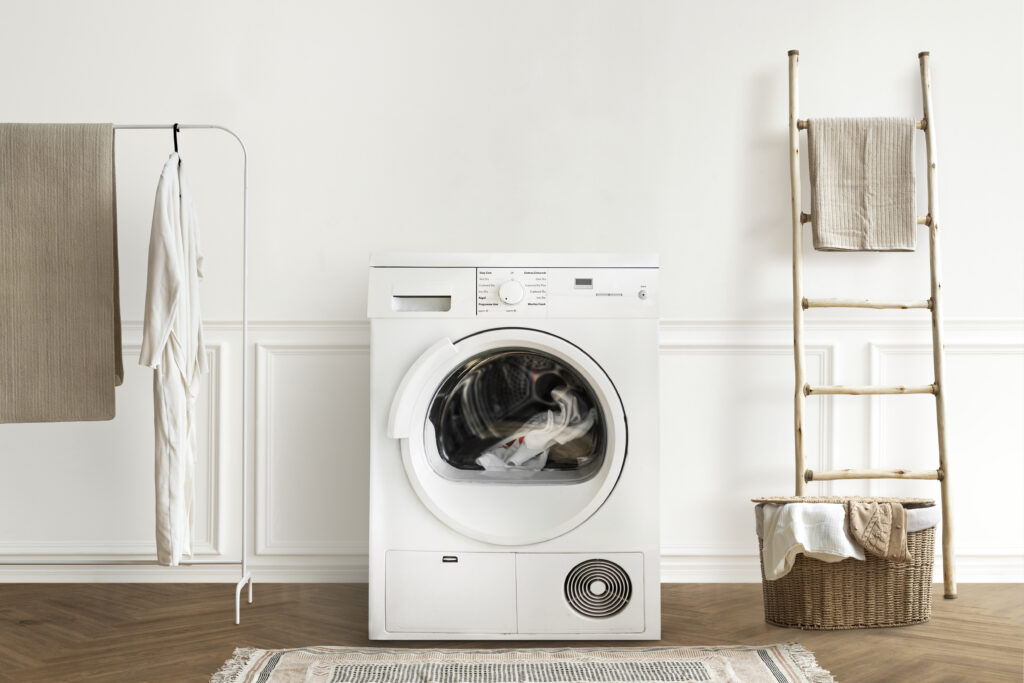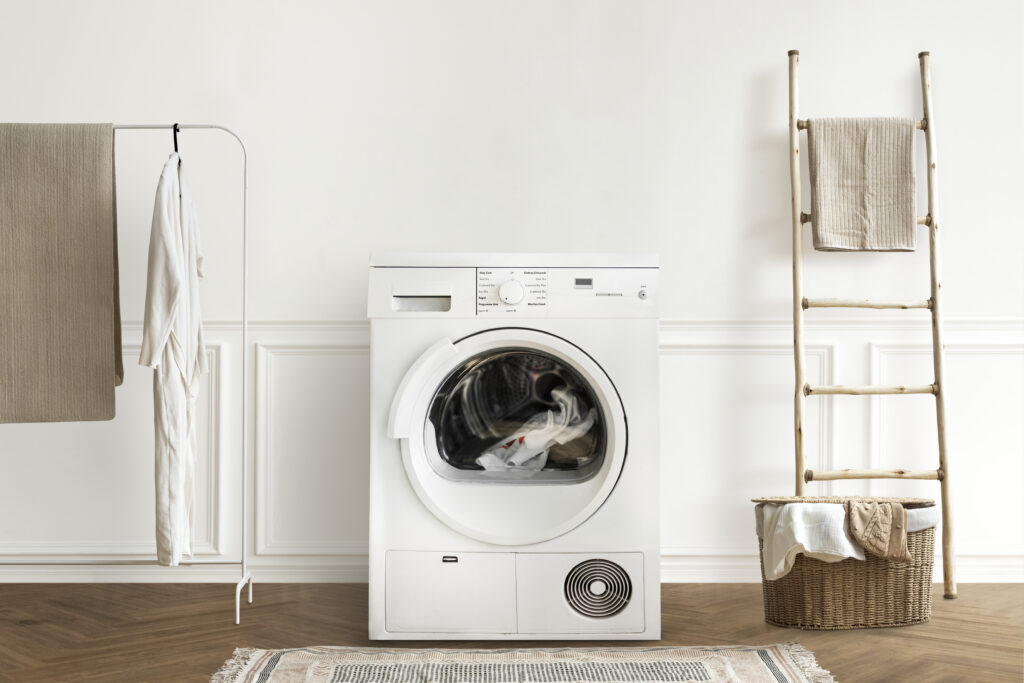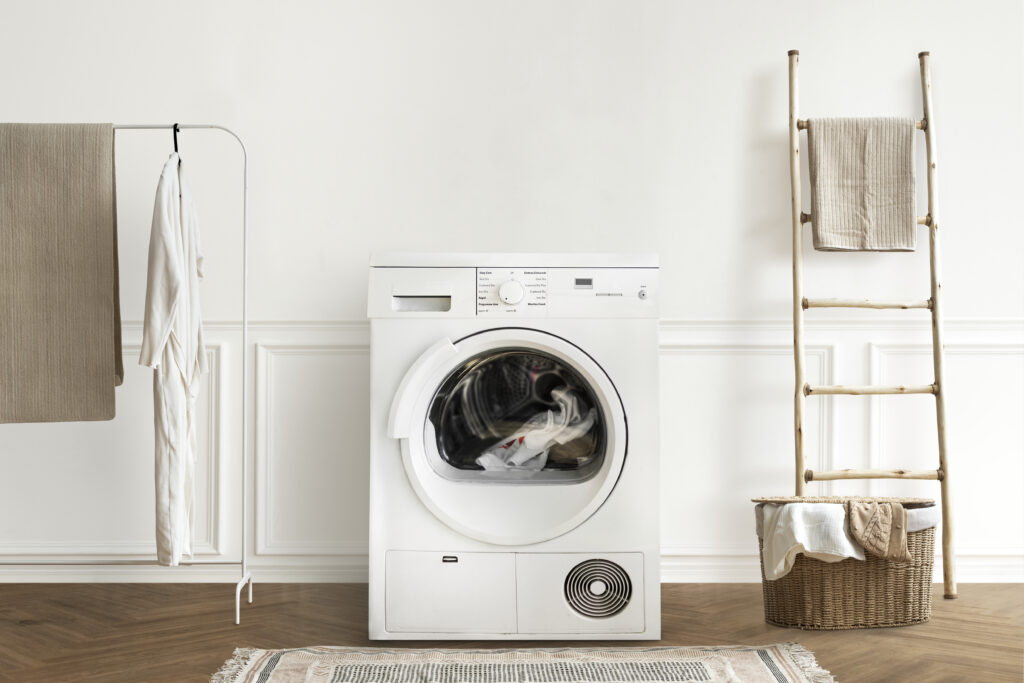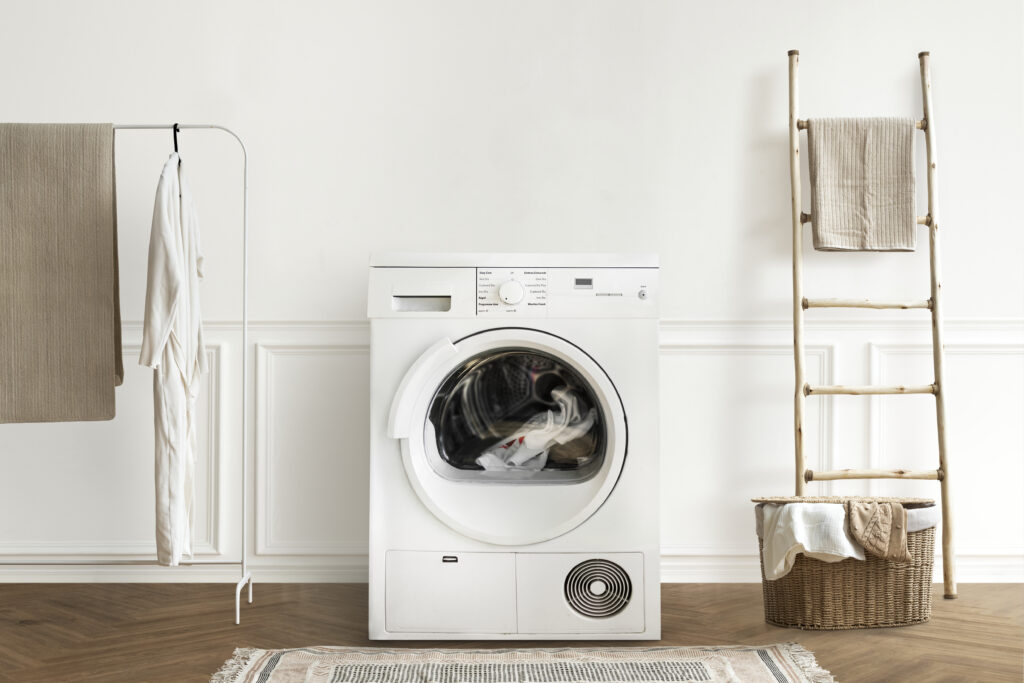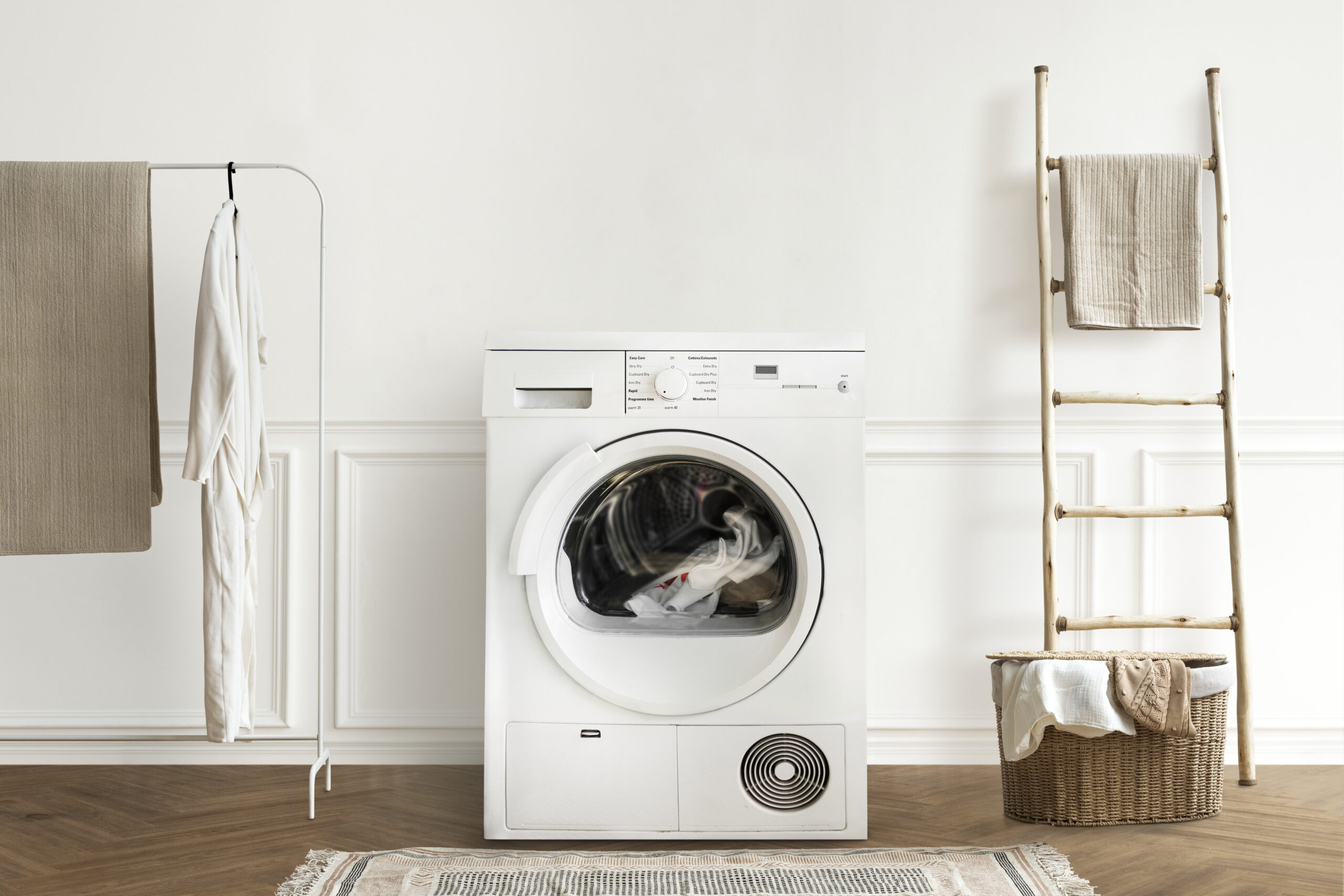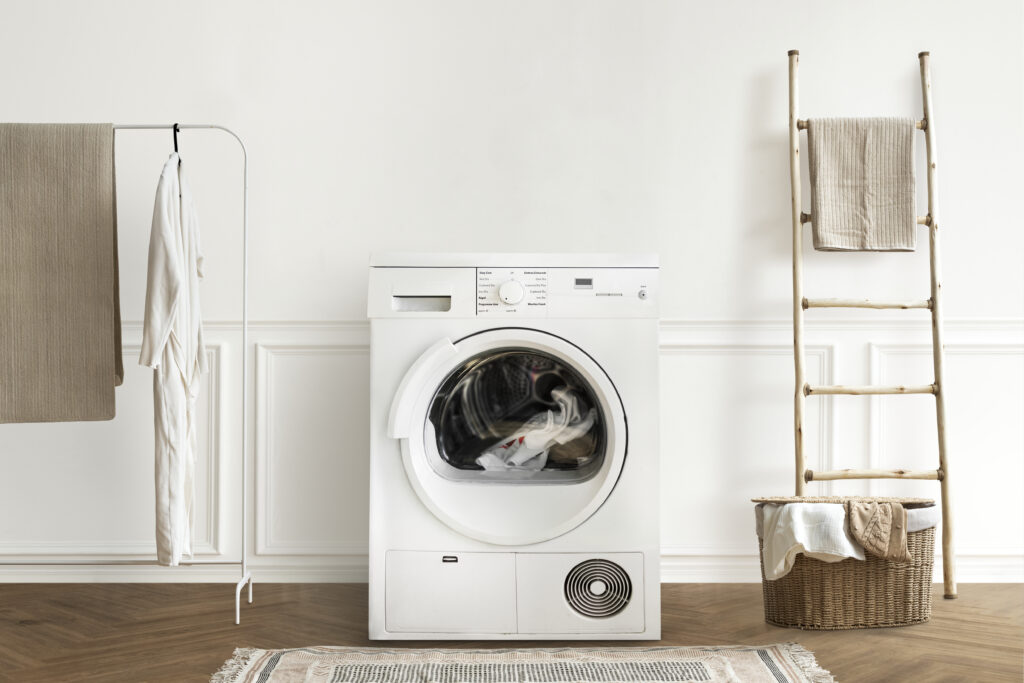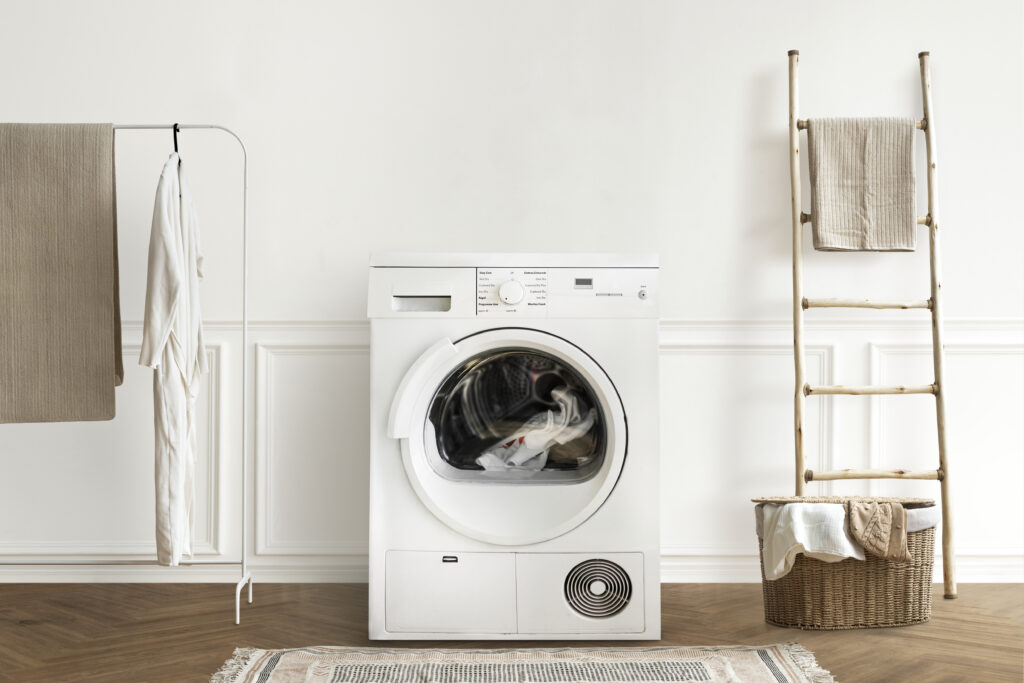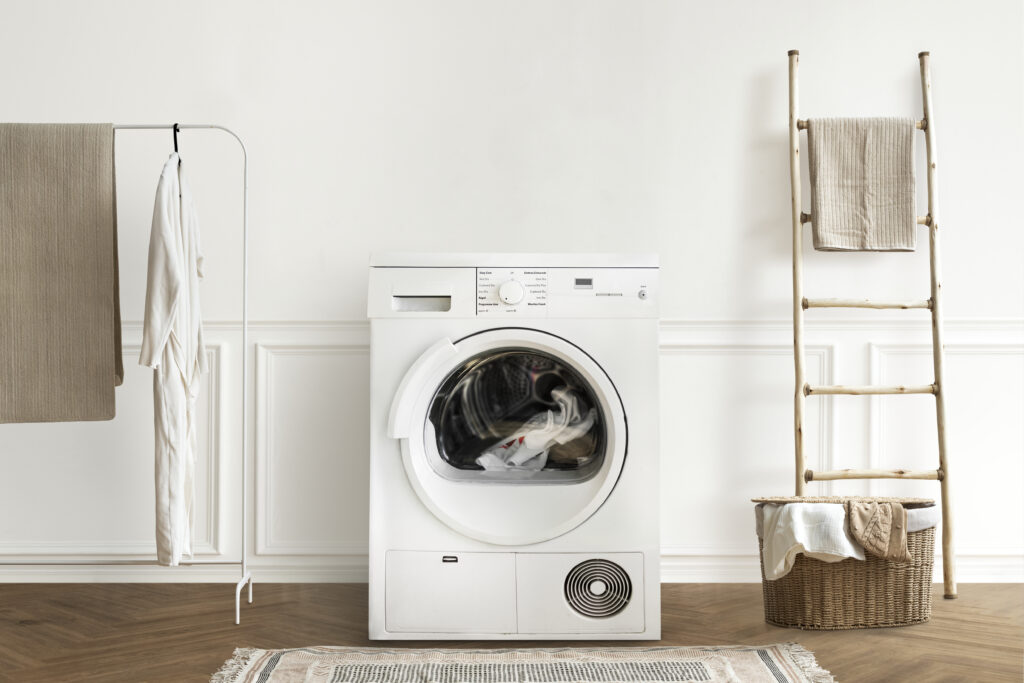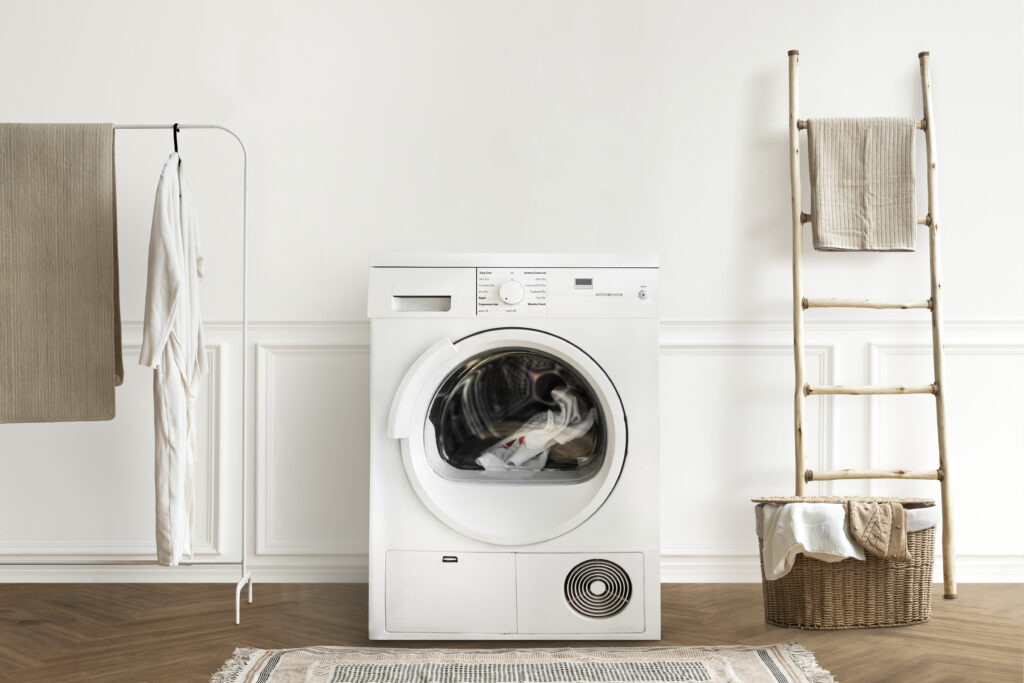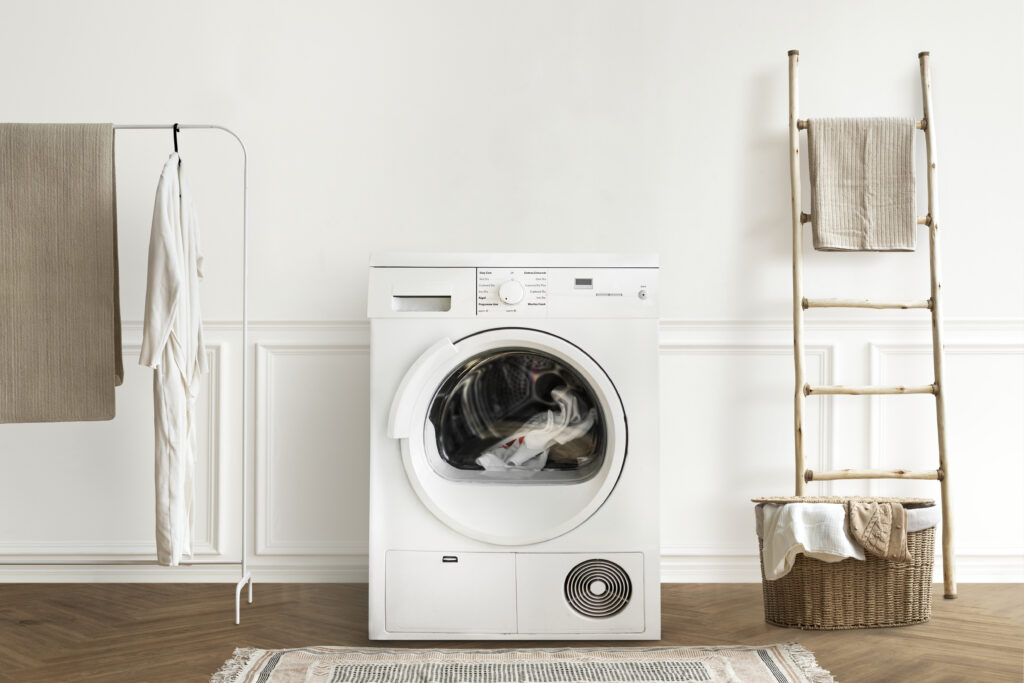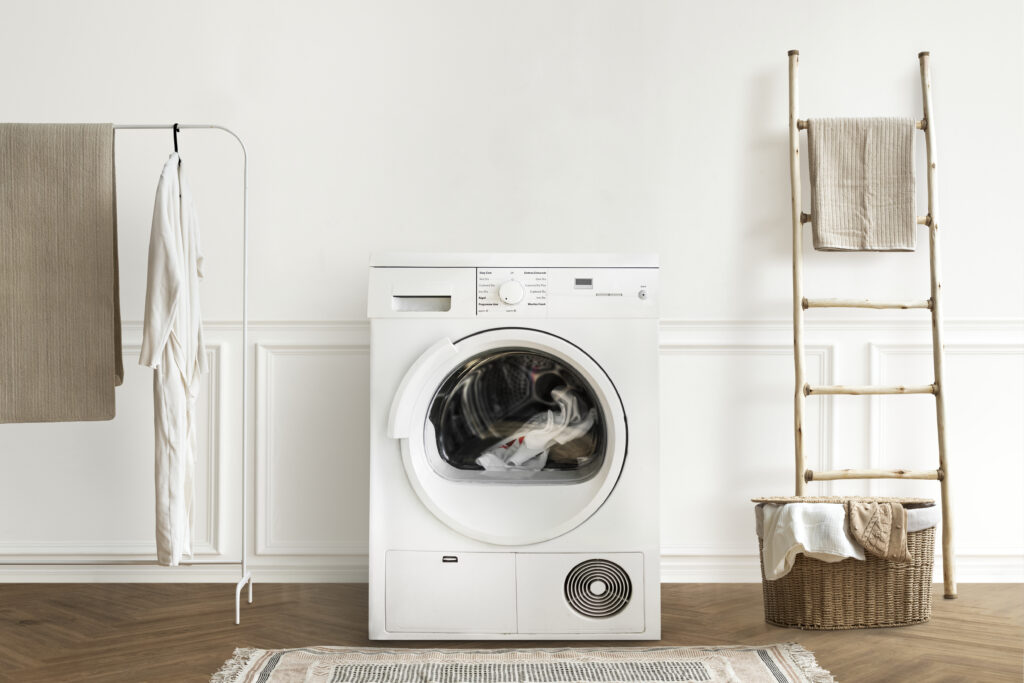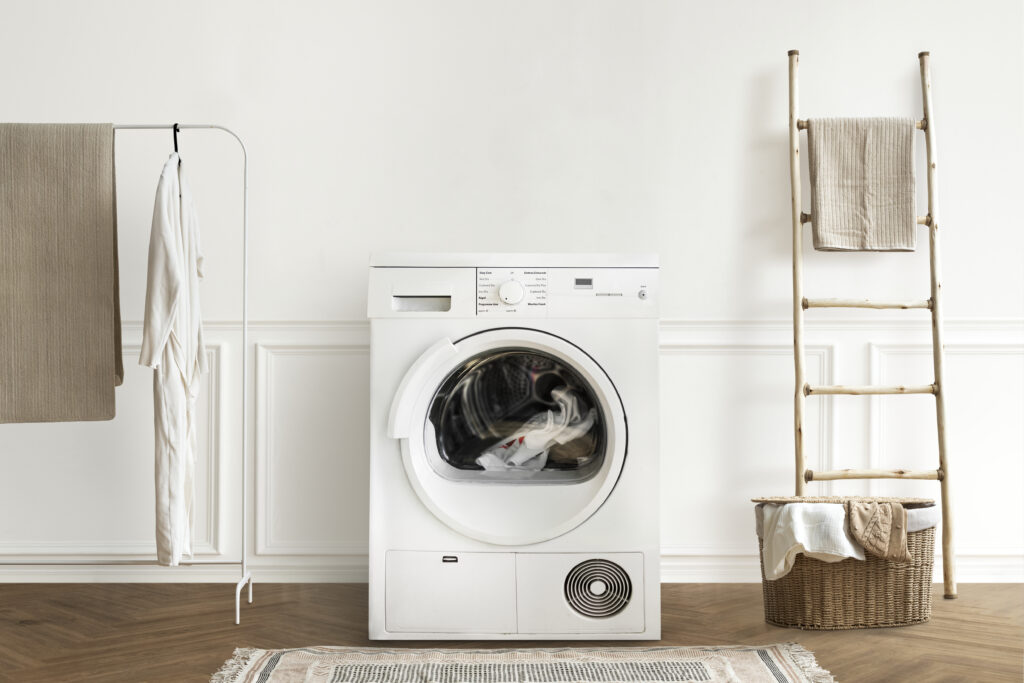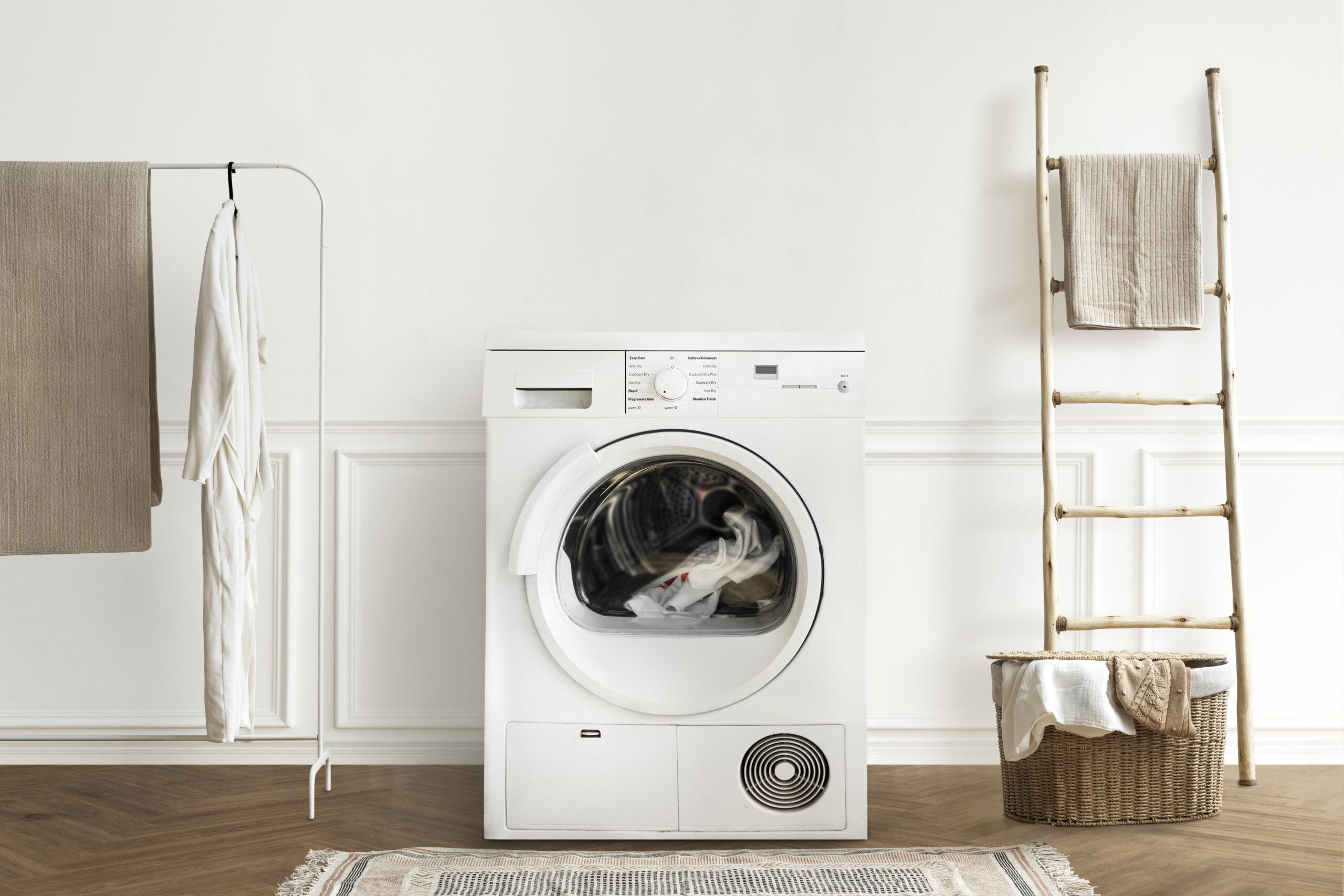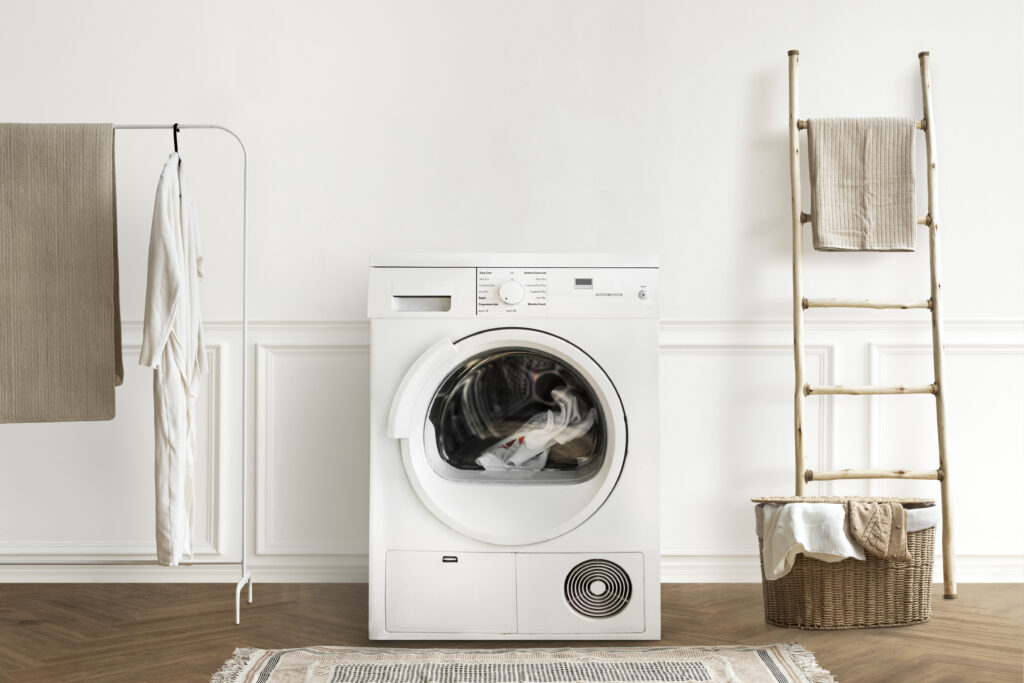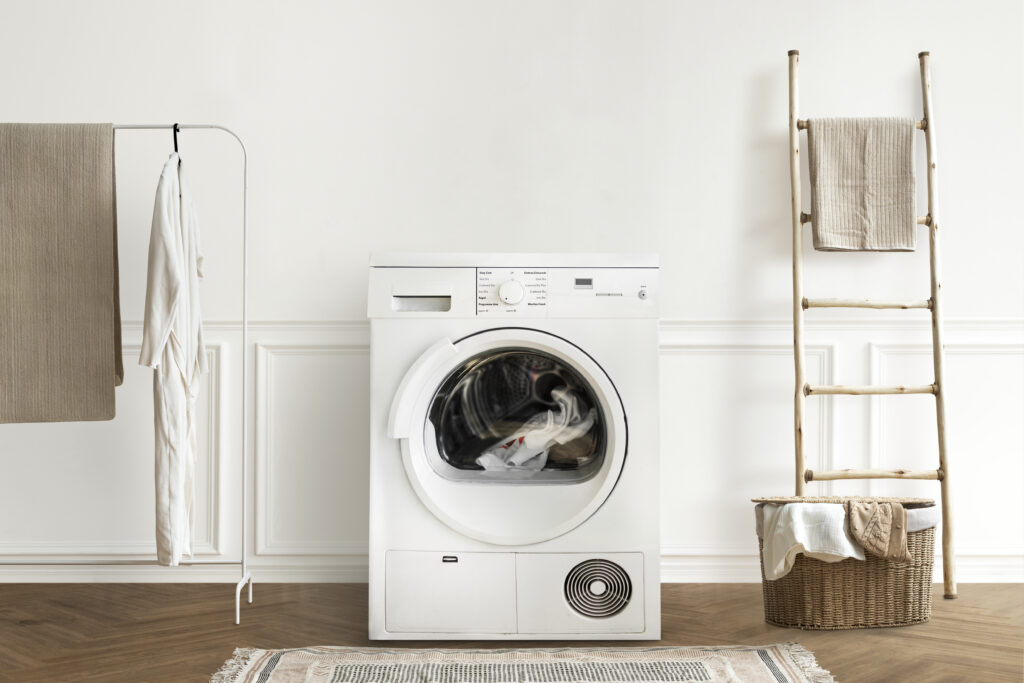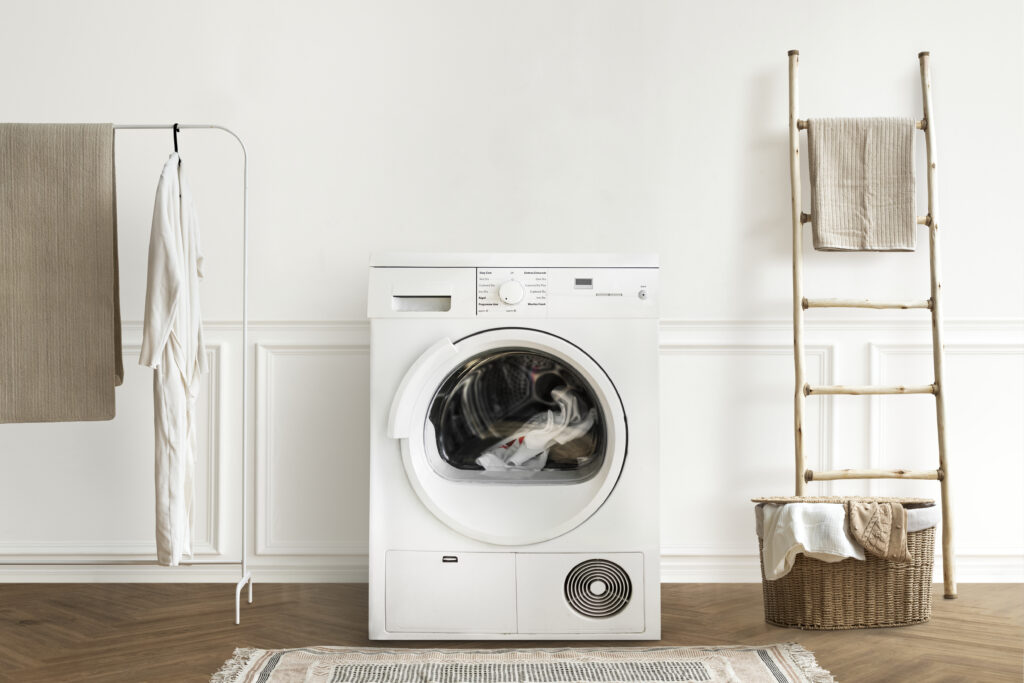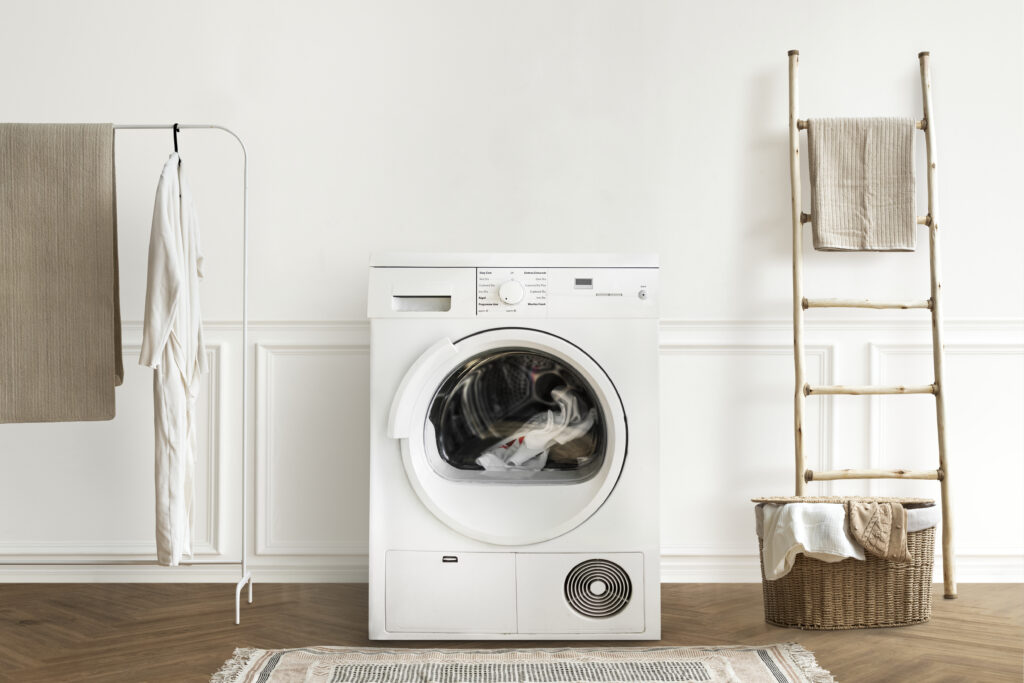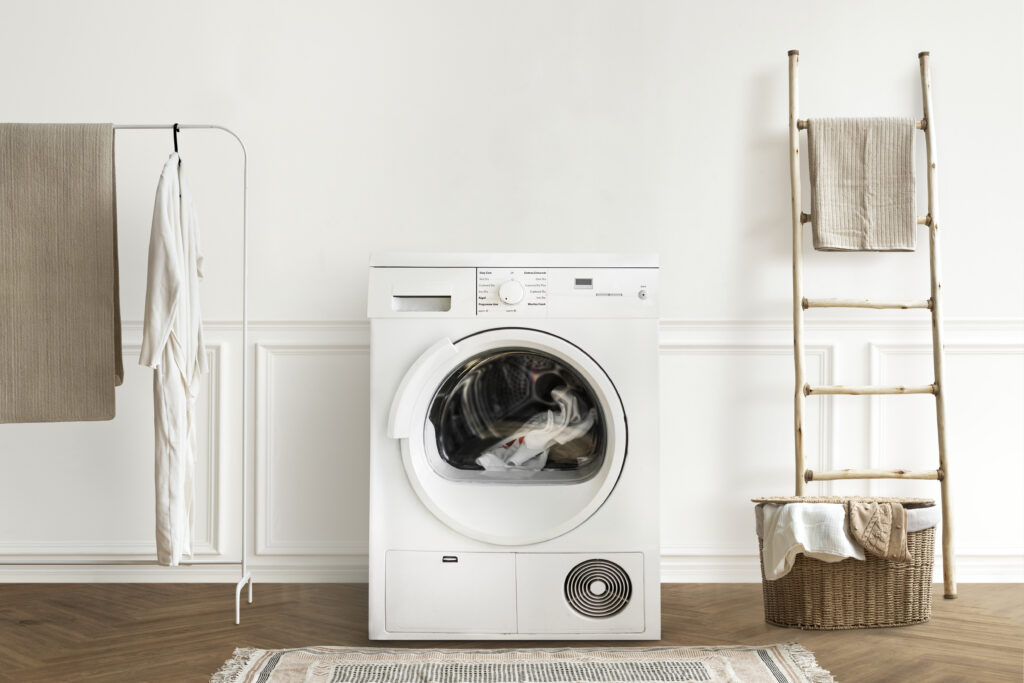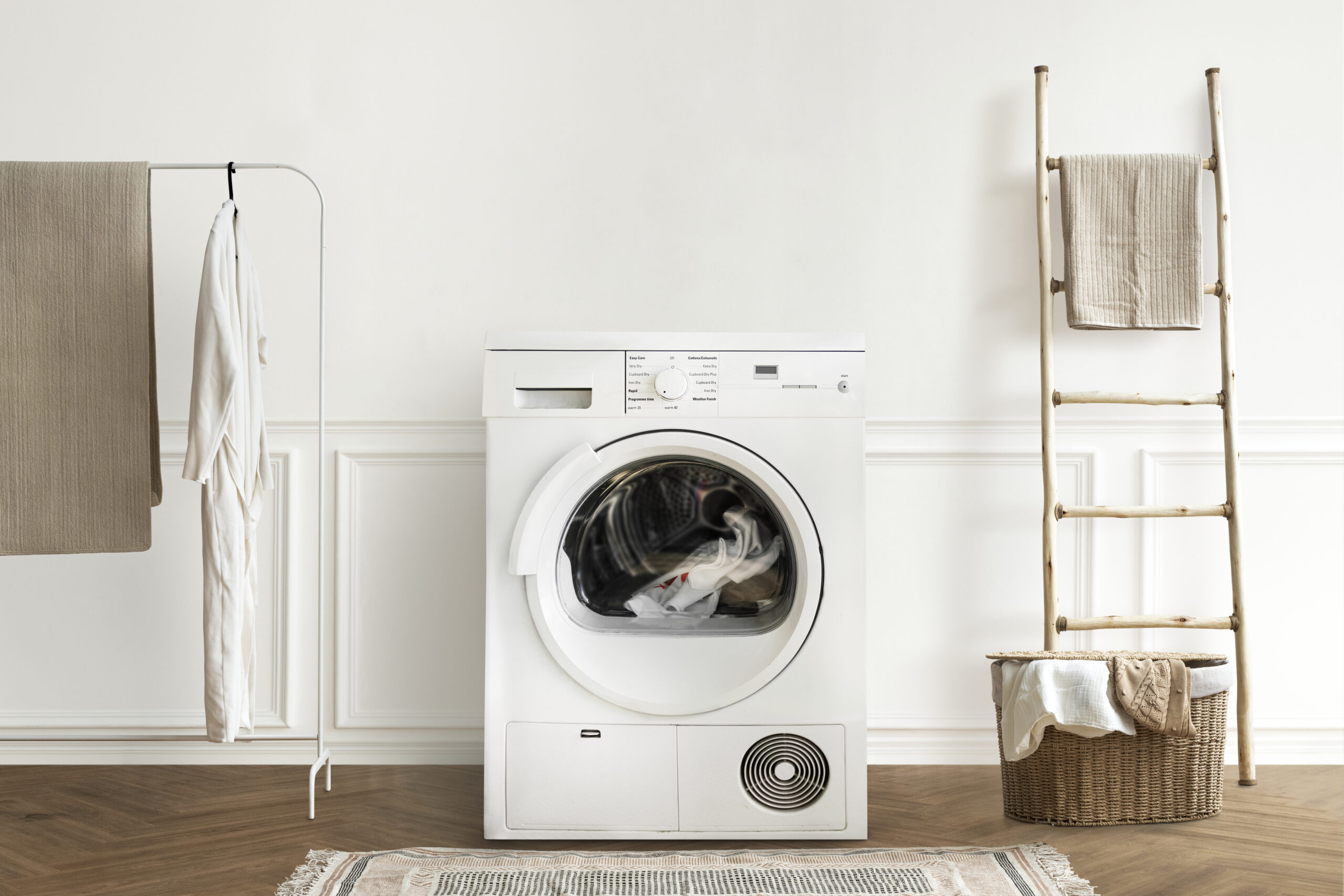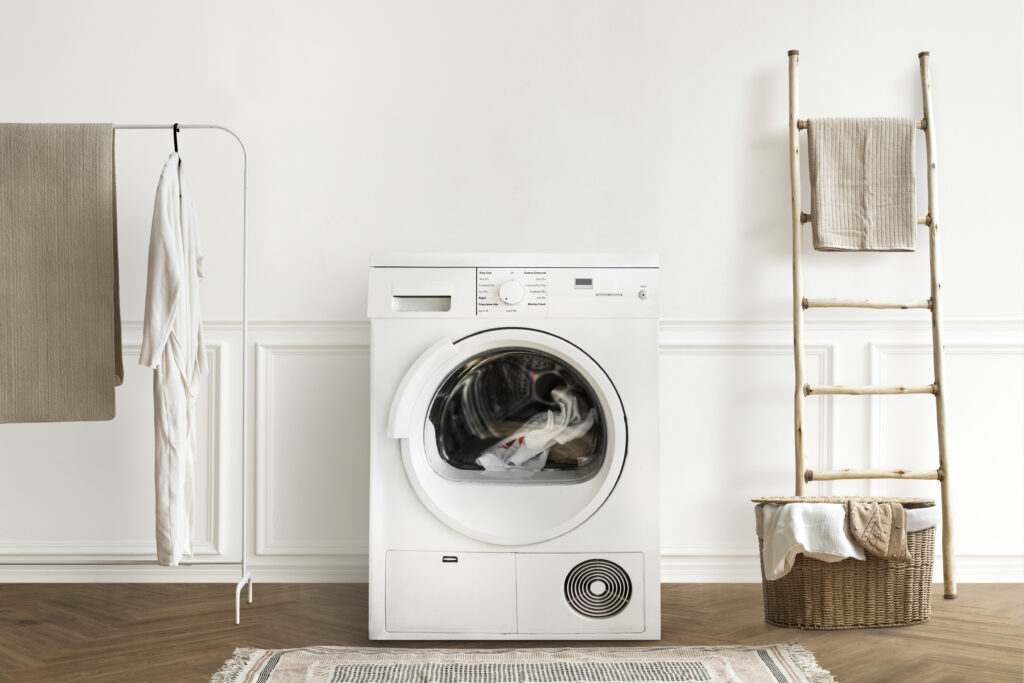Laundry can quickly accumulate in a large family, making a routine household task into a daily struggle. Large families require a washing machine that is strong, roomy, effective, and long-lasting enough to handle heavy loads on a regular basis, whether they are washing muddy sports uniforms, towels, school clothes, or bedding. Choosing a washing machine that is designed to meet the demands of a busy household is therefore crucial.
This thorough 2025 buyer’s guide will assist you in locating the top washing machines for big families in the USA, point out important features to look for, and suggest a few excellent models to take into account.
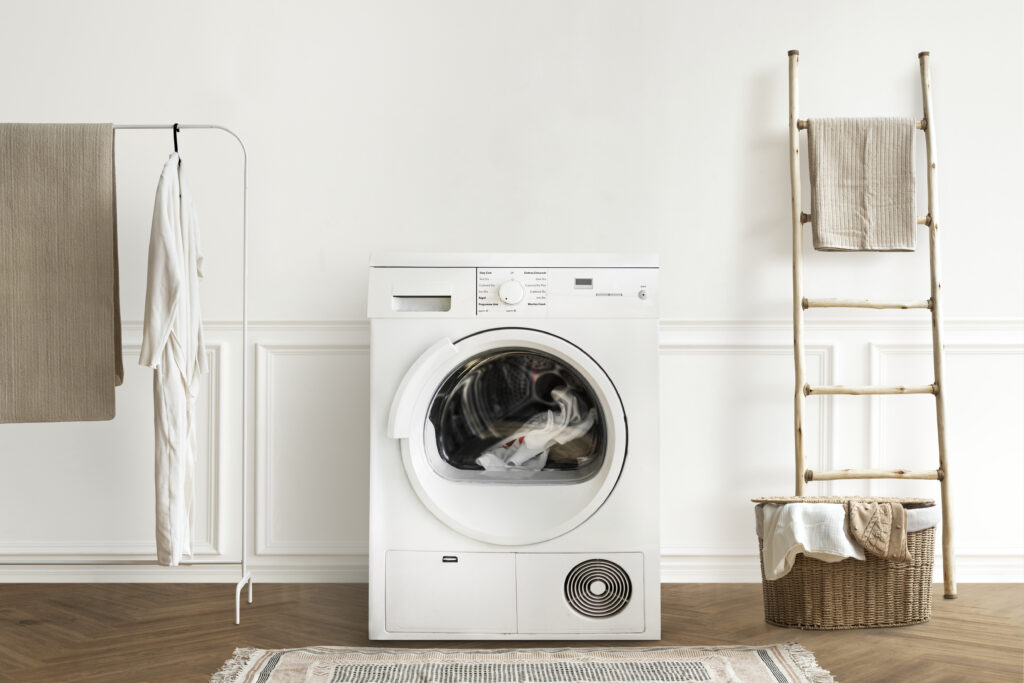
The Need for a High-Capacity Washing Machine for Big Families
Compared to average-sized households, large families usually produce more laundry. Running a small-capacity machine will probably result in you doing several loads every day, which will raise your energy costs, water consumption, and chore time. A high-capacity washing machine can easily handle heavy items like blankets and comforters and minimizes the number of loads you need to run.
Among the main advantages of a large-capacity washer are:
Weekly loads that are lower
Capacity to wash numerous towels, heavy curtains, and bedding
Increased efficiency in terms of time and energy
sophisticated cleaning techniques for a range of textiles and stains
High-performance, long-lasting motors made for regular use
What Big Families Should Look for in a Washing Machine
Here are some crucial characteristics and things to think about before buying a washing machine for your big family:
1. The capacity
A washing machine with a capacity of at least 5.0 cubic feet or more is the ideal choice for large families. This saves time on laundry day by enabling you to wash large loads of laundry in a single cycle.
2. Type of Load: Front Load versus Top Load
Larger capacities, improved water and energy efficiency, and more sophisticated washing technologies are typical features of front-loading washers. Although they are kinder to clothing, they are frequently more expensive up front.
Top load washers are typically less expensive, easier to load and unload, and have faster cycles. For more capacity and fabric care, look for models with impeller wash systems.
3. Cycles of Washing and Personalization
Seek out washers with multiple cycles, including bedding, heavy-duty, delicate, allergen, sanitize, and quick wash. You can change the temperature, spin speed, and soil level to suit different kinds of laundry thanks to customizable settings.
4. Efficiency of Energy
To cut down on water and electricity costs, choose ENERGY STAR® certified washing machines. Energy-efficient models minimize their impact on the environment while controlling utility costs.
5. Intelligent Features
With the help of smartphone apps like Samsung SmartThings or LG ThinQ, smart washing machines can connect to your Wi-Fi and be controlled, monitored, and notified on your phone.
6. Control of Noise and Vibration
Washers with vibration control and noise reduction features are perfect for families who run several loads every day or at night and want a quieter home.
7. Guarantee and Sturdiness
Select a machine from a reliable brand that has a strong warranty (ideally 10 years for the motor) and a track record of dependability, particularly if it will withstand heavy, frequent use.

The USA’s Top 7 Washing Machines for Big Families in 2025
These are some of the top models this year based on performance, customer reviews, capacity, and features:
1. 5.2 cu. ft. LG WM8900HBA Front Loading Washer
Why It’s Excellent:
King-size comforters are easily handled by this ENERGY STAR® certified washer thanks to its enormous 5.2 cu. ft. capacity. It can be operated remotely via the LG ThinQ® app and has TurboWashTM technology for quicker cleaning.
Important attributes:
TurboWashTM 360° technology
Option for steam cleaning
Intelligent Wi-Fi connectivity
system that reduces vibration
2. Samsung WF53BB8900ATUS Smart Front Load Washer, 5.3 cu. ft.
Why It’s Excellent:
Samsung’s Bespoke Series blends a sleek, contemporary design with a large capacity. It has Wi-Fi and SmartThings compatibility for cycle customization and intelligent notifications.
Important attributes:
SuperSpeed Wash (loads in 28 minutes)
Cycle recommendations driven by AI
Certified Energy Star
cycle of steam sanitization
3. Maytag MVW7230HW Smart Top Load Washer, 5.2 cu. ft.
Why It’s Excellent:
Even with heavy loads, this top load washer’s PowerTM agitator and commercial-grade motor ensure a complete clean. Smart features for remote operation are also included.
Important attributes:
Option for Deep Fill
Integrated water faucet
Intelligent Wi-Fi connectivity
The motor has a 10-year limited parts warranty.
4. GE Profile PTW905BPTDG 5.3-cu.-ft. Top-loading washer
Why It’s Excellent:
This washer, which is well-known for its Smarter Wash Technology, automatically detects the type of fabric, soil level, and load size to modify cycles appropriately.
Important attributes:
Antimicrobial protection with Microban®
Water Station for Stain Pre-Wash
Support for SmartHQ apps and integrated Wi-Fi
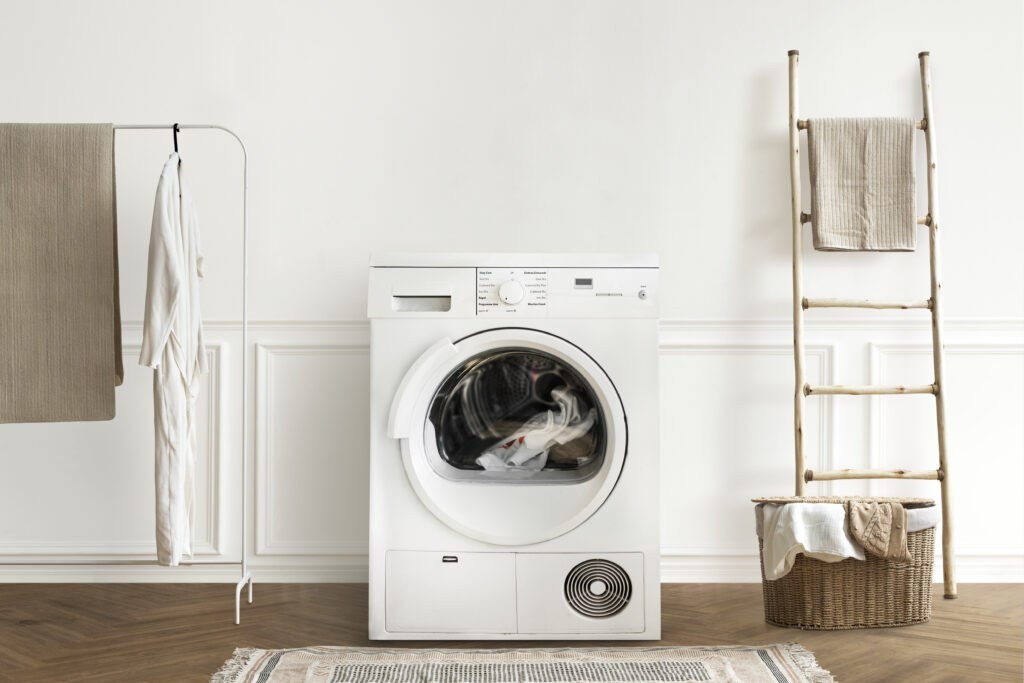
5. Whirlpool WFW9620HC 5.0 cu. ft. Front Load Washer
Why It’s Excellent:
The large capacity washer from Whirlpool has a steam clean option for thorough sanitization and a Load & GoTM XL Dispenser for convenient detergent use.
Important attributes:
Certified Energy Star
Fast cycle of washing
Using the Whirlpool app, remote start
Option for steam cleaning
6. 4.5 cu. ft. front-loading Electrolux washer ELFW7637AW
Why It’s Excellent:
Despite having a somewhat smaller capacity, families with children and sports fans love it for its sophisticated fabric care and stain removal technology.
Important attributes:
The LuxCare® Wash System
The ideal SteamTM choice
15-minute quick wash
7. Speed Queen TR7 Top Load Washer, 3.2 cubic feet
Why It’s Excellent:
With its commercial-grade components and stainless-steel tub, the TR7 is built to last, making it the perfect choice for families seeking a reliable, straightforward washer.
Important attributes:
Traditional agitator action
7-year guarantee
hefty cycles
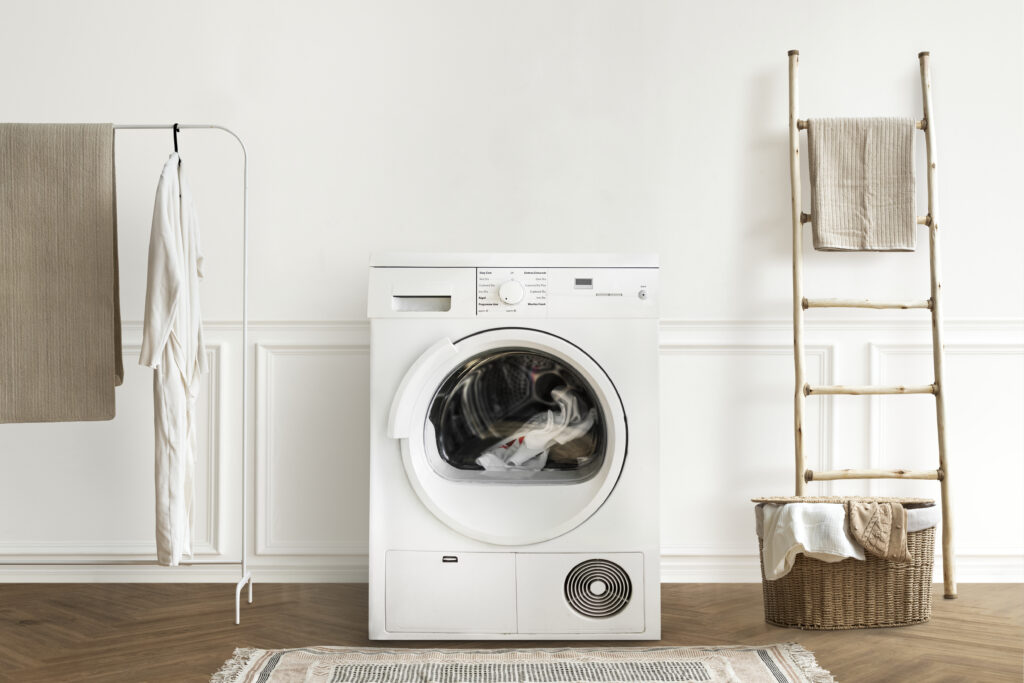
Conclusion: What Is the Best Washing Machine to Purchase?
A high-capacity, energy-efficient washer with intelligent, adjustable features is well worth the investment for big families. The Samsung WF53BB8900ATUS and LG WM8900HBA provide outstanding capacity and contemporary features if you prefer front-loading washers. The GE Profile PTW905BPTDG and Maytag MVW7230HW are strong, dependable options if you prefer top-loading washers.
Prioritize the particular requirements of your home when selecting a washing machine, such as large bedding cycles, convenient smart features, or silent operation for use at night.
FAQs: Large Family Washing Machines
What size washer is best for a big family?
A: Families with five or more people are advised to purchase a washer with a minimum capacity of 5.0 cubic feet.
Which type of washer is better for big families—front-loading or top-loading?
A: Both can function effectively; top-load washers offer quicker cycle times and simpler access, while front-load washers usually have larger capacities and higher efficiency.
In a large family, how long should a washing machine last?
A: Depending on maintenance and usage frequency, high-quality washers usually last 10 to 14 years when used regularly.
Last Words of Advice
Large families in the USA should prioritize capacity, energy efficiency, intelligent features, and a reputable brand when looking for a washing machine in 2025. Long-term time, money, and effort savings can be achieved by making an investment in a high-capacity, premium model now.
